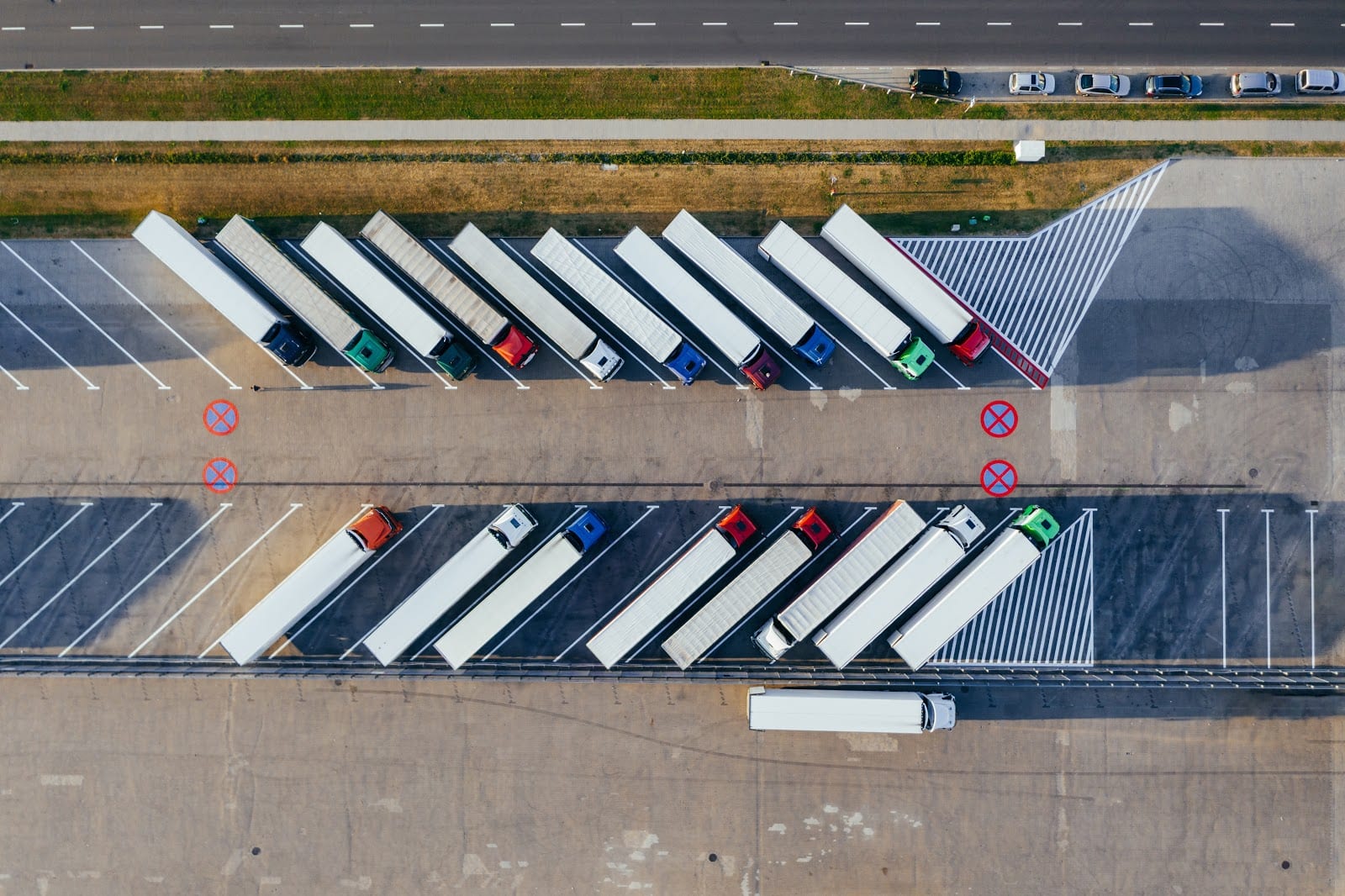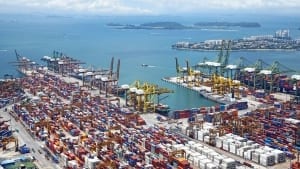Winter Woes Won’t Keep Your Business Down, If You Do This

Get shoveling, or not
Commercial snow removal is very popular for businesses and if you are interested in this, then we recommend you read this. Not only do they use professional heavy-duty equipment, but that will also mean that snow is carefully removed and safely taken away. But it also means that if you have a complex area such as a car park, you won’t be in any danger of doing unwarranted damage to your foliage, lighting, wiring, machines or curbs. And of course, you lessen your liability to injuries. Employees that have an unsafe car park or exterior to the business could slip, fall and get seriously injured. Not only will they need to get sick pay but they could sue you. So commercial removal is quick, easy and very effective when you have suffered a heavy snowfall.
Protect logistics chains
The number one challenge of winter is the travel. The highways and train lines are covered in snow and ice, making them a hazard. It draws logistics to a crawl and can harm your bottom line because you’re not getting supplies and inventory when you need it. So prepare beforehand and ready your logistical chains. But how?
- Increase your fleet number temporarily. If you have a fleet of delivery trucks, you should seek to increase the number by 10-20%. So if you have 20 trucks, increase the number to 22 or 24. If one or two trucks break down, another is involved in an accident, another gets trapped, you at least have a technically, full strength fleet.
- Export markets need some love too. Just because it’s slow and challenging in your local or national marketplace, doesn’t mean it’s the same on the other side of the world. You should seek to increase your export customers during this time, as you try to compete with your rivals.
- Hire more. If you cannot handle your logistical challenges, hire those that can. Hire more drivers, more warehouse managers and employees to make sure you can meet the higher demand and keep things ticking over.
Keep morale high
Make sure the ambient room temperature is nice and toasty in the office. Keeping morale high with surprise hot meals for lunches, extra time for completing projects and providing mental health care for the holiday season, is so crucial.
It’s easy for businesses to suffer from winter woes as they battle the weather and the seasonal rush. But these things will keep your employees happy, your business open at all times and ahead of the competition.




